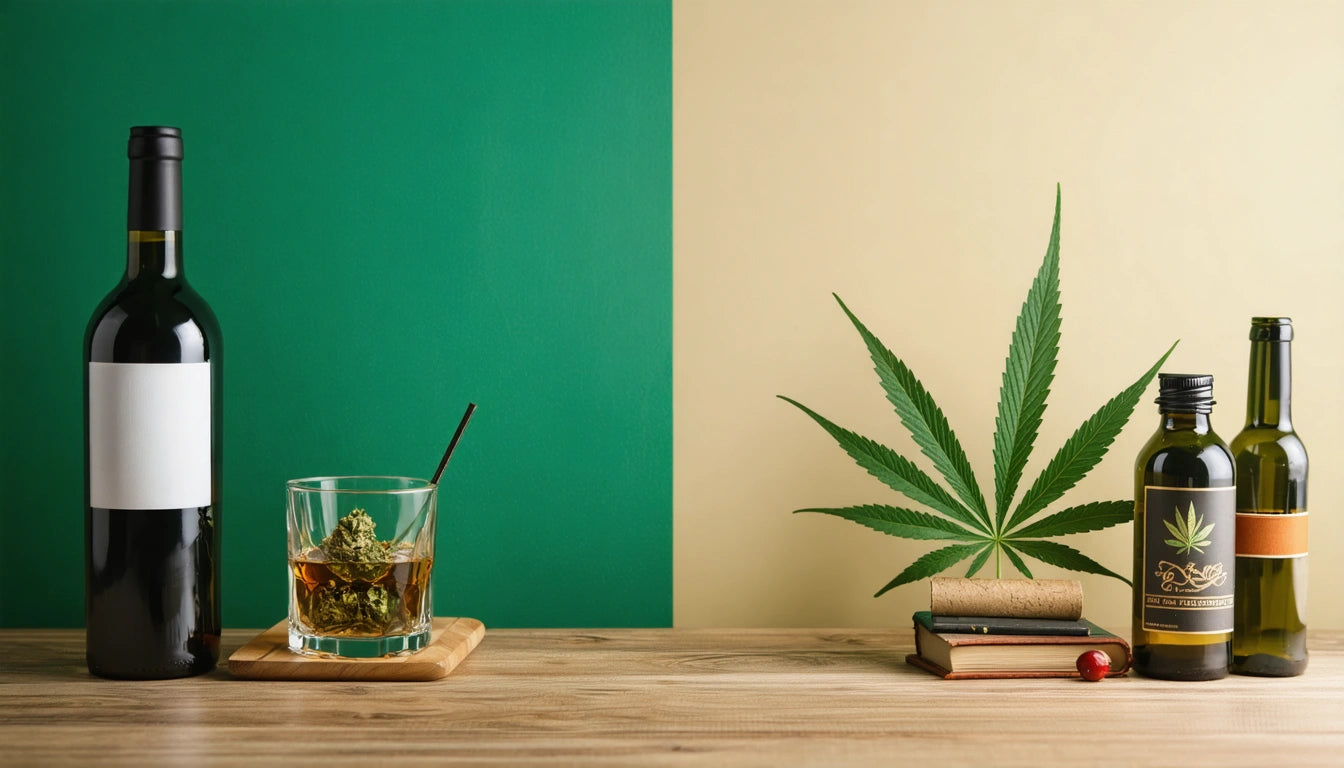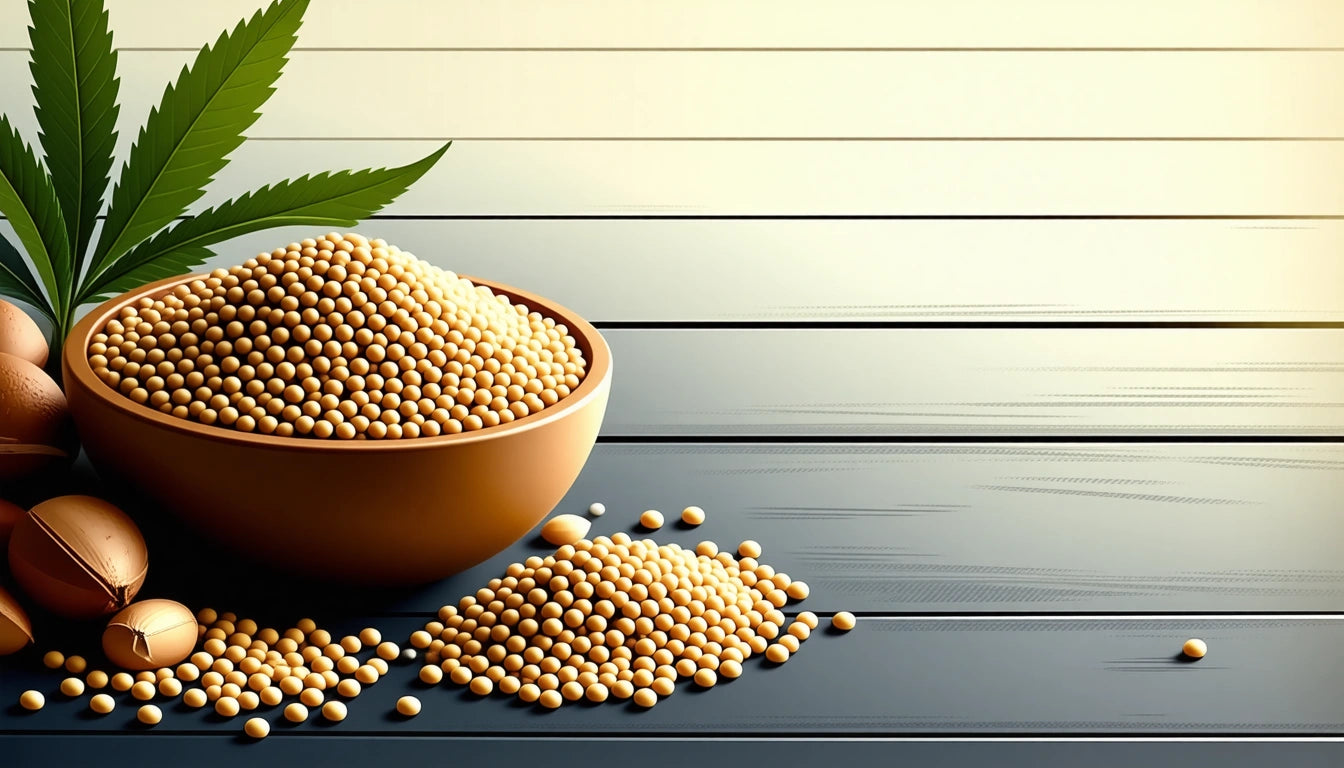- Immediate Effects Comparison: Alcohol vs Cannabis
- Addiction Potential and Dependency: Scientific Perspectives
- Health Impacts: Short and Long-Term Considerations
- Social and Behavioral Differences Between Substances
- Regulatory Frameworks and Accessibility
- Evidence-Based Harm Reduction: Making Informed Choices
Comparing the Effects and Addictiveness of Alcohol and Cannabis
The alcohol vs cannabis debate continues to evolve as legalization expands and research deepens our understanding of both substances. While cultural attitudes and legal status have historically differed dramatically, scientific examination of their comparative effects on health, behavior, and addiction potential provides valuable context for both consumers and policymakers.
Immediate Effects Comparison: Alcohol vs Cannabis
The immediate effects of alcohol and cannabis differ significantly in how they impact coordination, cognition, and behavior. Alcohol, a central nervous system depressant, affects the brain by interfering with communication pathways. Cannabis, conversely, works primarily through the endocannabinoid system.
Alcohol's Impact on the Body
Alcohol consumption produces predictable physiological responses:
- Reduced inhibitions and judgment
- Slurred speech and impaired motor coordination
- Increased risk-taking behavior
- Potential memory blackouts at high doses
These effects intensify in direct proportion to blood alcohol concentration, creating relatively predictable impairment patterns across individuals.
Cannabis Effects and Variability
The effects of cannabis show greater variability based on:
- Strain and cannabinoid profile (THC:CBD ratio)
- Consumption method (smoking, vaping, edibles)
- Individual tolerance and sensitivity
- Setting and psychological state
As explored in comparative health analyses, cannabis typically produces effects including altered sensory perception, mild euphoria, and for some users, increased introspection or creativity.
Addiction Potential and Dependency: Scientific Perspectives
The question "is weed more addictive or alcohol" has been extensively studied. Research indicates fundamental differences in addiction mechanisms and prevalence.
Alcohol Dependency Rates and Mechanisms
Alcohol creates both psychological and severe physical dependency. According to the National Institute on Alcohol Abuse and Alcoholism:
- Approximately 14.5 million Americans have Alcohol Use Disorder
- Physical withdrawal can be life-threatening
- Dependency often requires medical intervention for safe detoxification
The body develops tolerance to alcohol, requiring increasing amounts to achieve the same effect, while creating physical dependency through adaptation of GABA receptors and other neurological systems.
Cannabis Dependency Considerations
Cannabis dependency, while real, presents differently:
- Approximately 9% of users develop dependency (compared to 15% for alcohol)
- Withdrawal symptoms are typically milder and not life-threatening
- Psychological dependency is more common than severe physical addiction
When comparing alcohol addiction vs weed addiction, research consistently shows lower rates and severity for cannabis. This difference is partly explained by alcohol's more pronounced effects on dopamine pathways and physical dependency mechanisms.
For consumers concerned about safety, our child-resistant packaging solutions help keep cannabis products secure and away from unintended users, addressing a key public health consideration.
Health Impacts: Short and Long-Term Considerations
The effects of weed vs alcohol on physical health differ substantially in both mechanism and severity.
Alcohol's Physiological Impact
Long-term alcohol consumption is associated with:
- Liver disease (alcoholic hepatitis, cirrhosis)
- Cardiovascular problems
- Increased cancer risk (especially digestive tract)
- Brain tissue damage and cognitive decline
- Compromised immune function
According to mortality rate comparisons, alcohol contributes to approximately 95,000 deaths annually in the United States alone.
Cannabis Health Considerations
Cannabis presents a different health profile:
- Respiratory concerns (when smoked)
- Potential cognitive effects with heavy adolescent use
- Temporary memory and attention impacts
- Possible exacerbation of certain mental health conditions
No fatal overdoses have been attributed solely to cannabis, and comparative harm assessments consistently rank alcohol as more physically damaging.
Social and Behavioral Differences Between Substances
The saying "weed before or after alcohol" reflects awareness that combining substances carries different risks than using either alone. Beyond physiological effects, these substances influence behavior and social interaction differently.
Alcohol's Social Impact
Alcohol tends to:
- Reduce social inhibitions
- Increase aggression in some individuals
- Correlate with higher rates of violence and accidents
- Create pronounced hangover effects
These behavioral impacts contribute significantly to alcohol's public health burden through accidents, violence, and risky decision-making.
Cannabis Social Patterns
Cannabis typically produces:
- Less aggressive behavior
- Reduced risk-taking compared to alcohol
- Different but less severe next-day effects
- Variable social effects (stimulation or withdrawal)
The contrasting behavioral profiles help explain why many cultural attitudes around cannabis vs alcohol use are evolving.
Regulatory Frameworks and Accessibility
Despite evidence suggesting alcohol carries greater health and social risks, regulatory frameworks have historically been more restrictive for cannabis. This discrepancy reflects cultural, historical, and political factors rather than evidence-based harm assessment.
Current trends show convergence in some areas:
- Age restrictions (typically 21+ for both substances)
- Driving impairment laws
- Public consumption limitations
- Packaging and labeling requirements
However, significant differences remain in federal classification, research funding, and cross-state legal status.
Evidence-Based Harm Reduction: Making Informed Choices
When comparing cannabis vs alcohol effects, the evidence supports several key conclusions:
- Alcohol presents higher risks for physical health damage
- Alcohol has higher addiction rates and more severe withdrawal
- Cannabis effects show greater individual variability
- Both substances carry impairment risks requiring responsible use
Rather than simply asking why pot is better than alcohol or making absolute judgments, a harm reduction approach acknowledges that both substances carry risks that can be minimized through education and moderation.
For consumers and businesses in the cannabis space, understanding these comparative effects supports informed choices, responsible messaging, and effective regulation that addresses actual rather than perceived risks.











Leave a comment
All comments are moderated before being published.
This site is protected by hCaptcha and the hCaptcha Privacy Policy and Terms of Service apply.